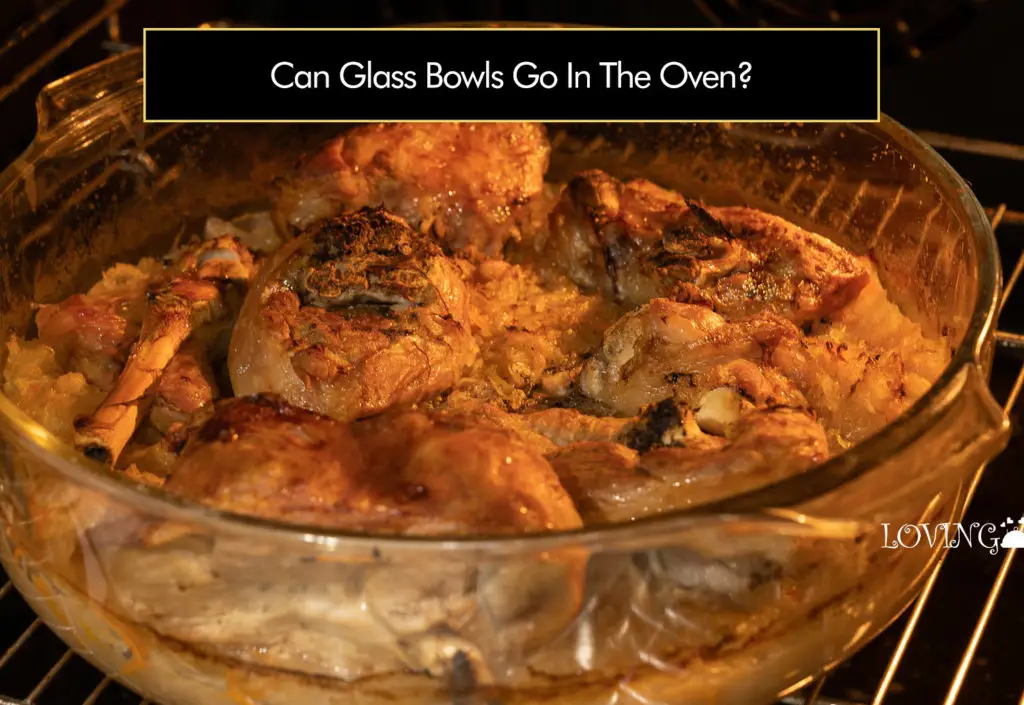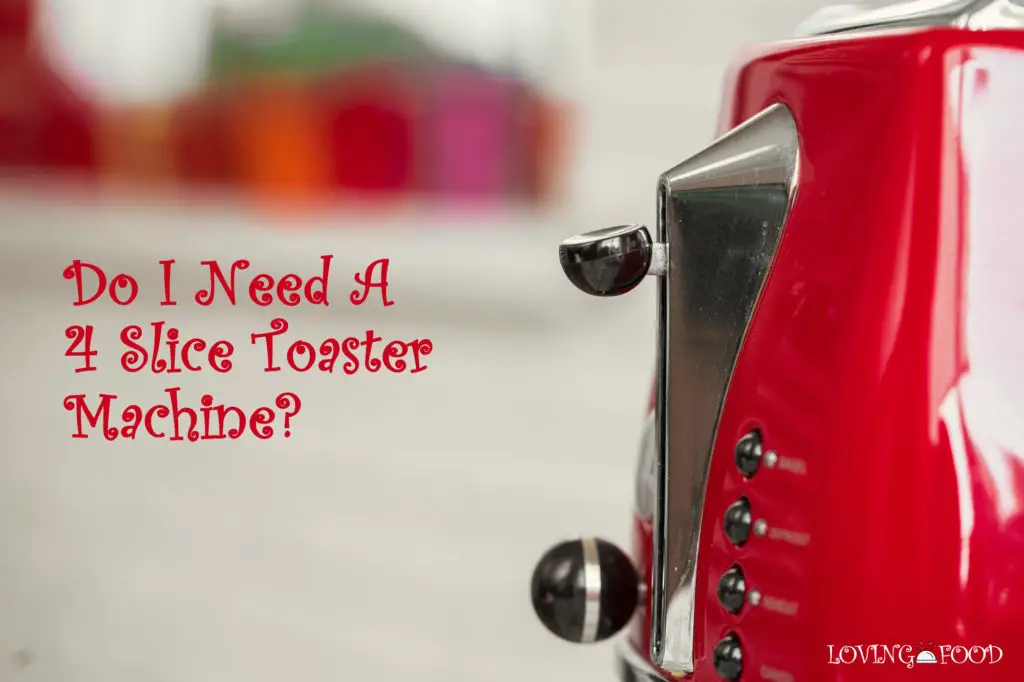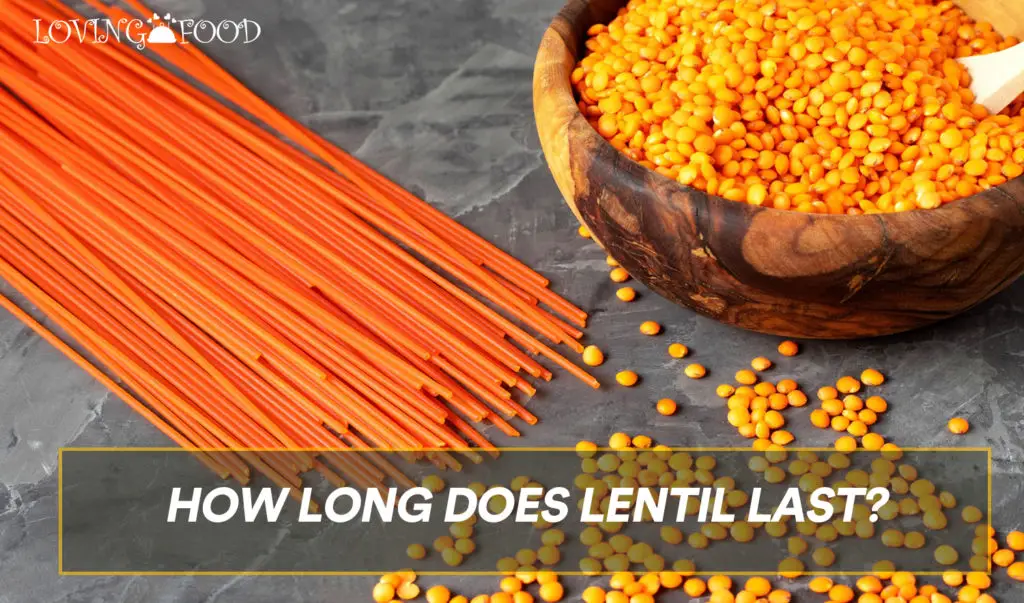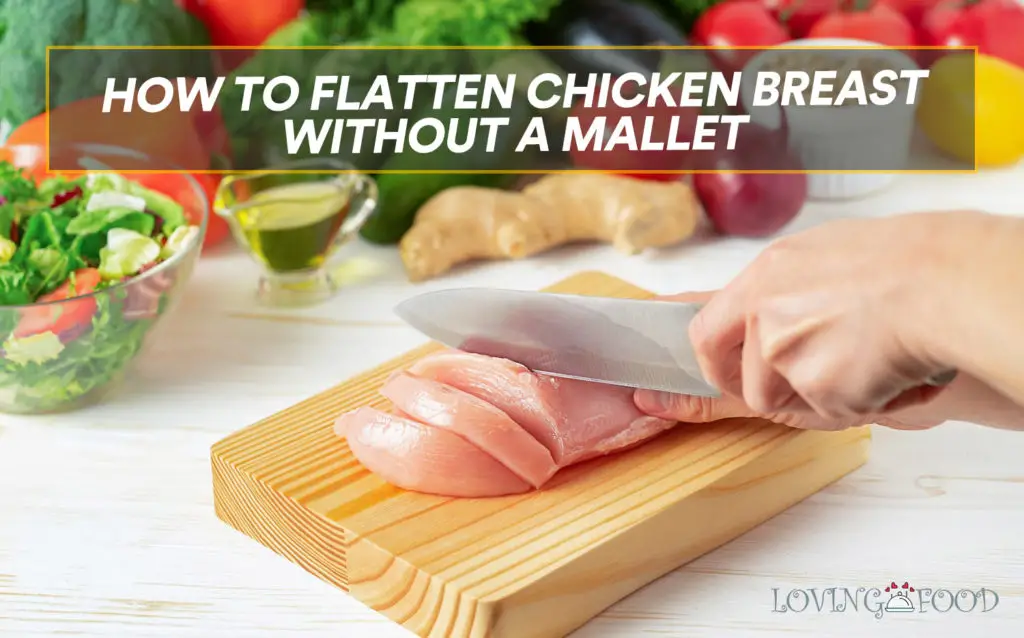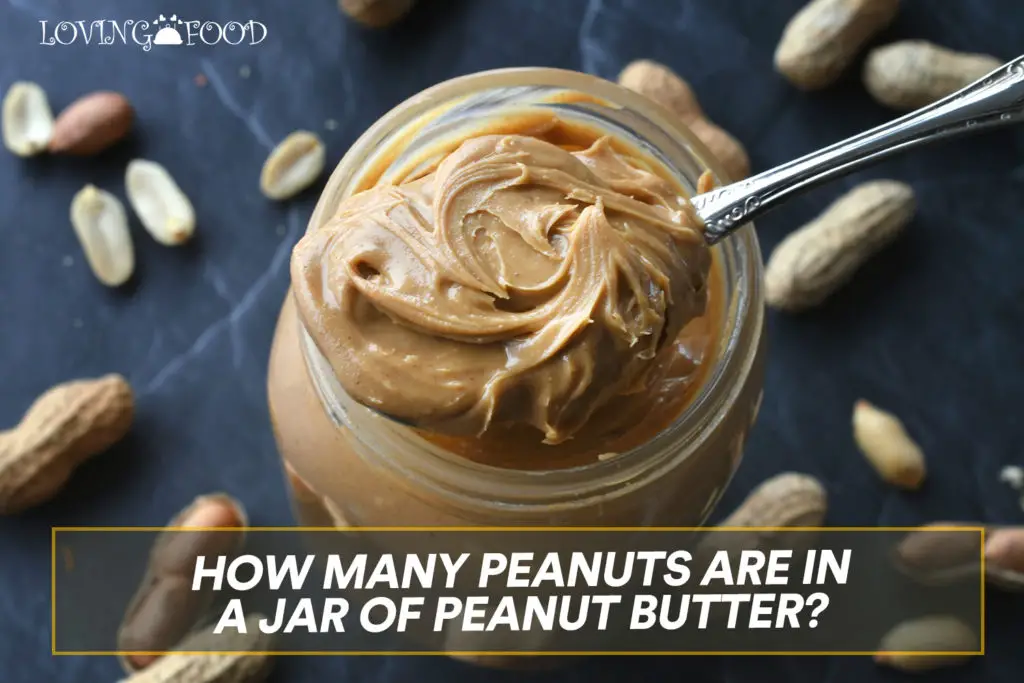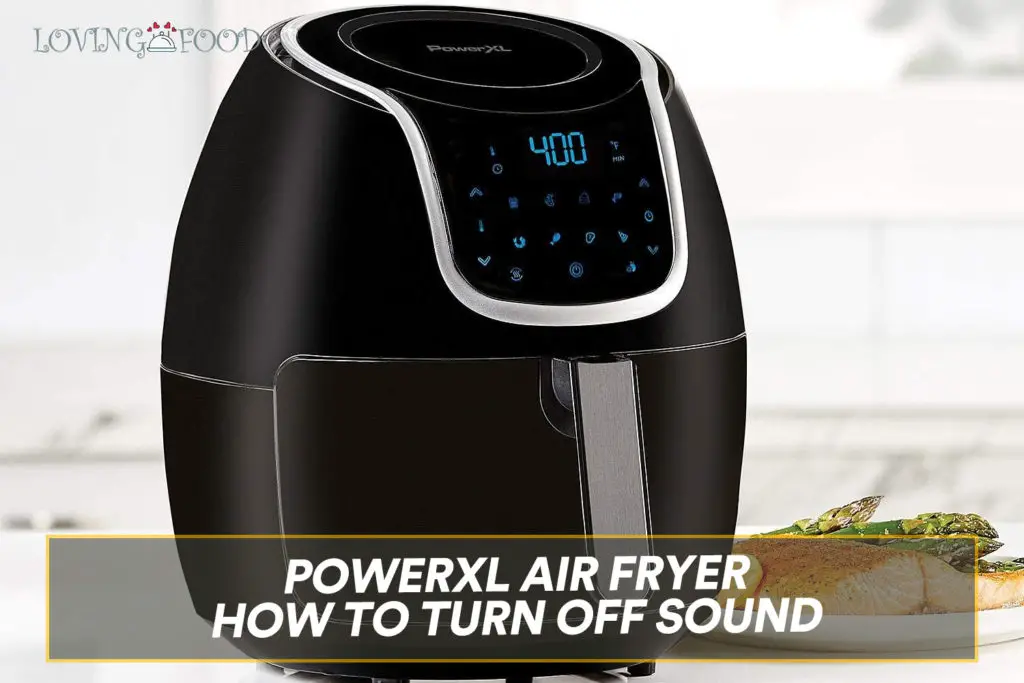A lot of cookware and kitchenware sets are made out of glass. However, there might be times when you aren’t sure about putting items made of glass into the oven. You must be wondering; will my bowl shatter if I put it in the oven? Is it even safe to put my glass bowl in the oven?
Fact is, some glass bowls are oven-safe while others are not. Oven-safe glasswares usually have an indication or symbols at the bottom. Glasses such as tempered glass are considered to be safe for oven use as they can take heat of up to 425 F.
On the other hand, non-tempered glass has no business in the oven as it is unsafe and cannot withstand heat. It is important to thoroughly lookout for the symbol or indication on your glass bowl as well as the temperature guidelines before use.
How to Identify A Tempered Glass Bowl
Generally, tempered glasses are produced by using a slower cooling rate, this makes them much stronger and safer when compared to non-tempered or standard glass. It is specially created to resist high or low heat.
Otherwise referred to as Toughened glass, tempered glass is a kind of safety glass processed by controlled thermal treatment to strengthen it. An unknowing person may find it hard to identify it as it may look similar to other types of glass.
Some will jokingly suggest you smash it, if it breaks into smaller, tiny pieces then it’s tempered glass. But that’s a bit destructive, don’t you think? There are however better, less destructive ways to properly identify a tempered glass bowl.
1. Read the label
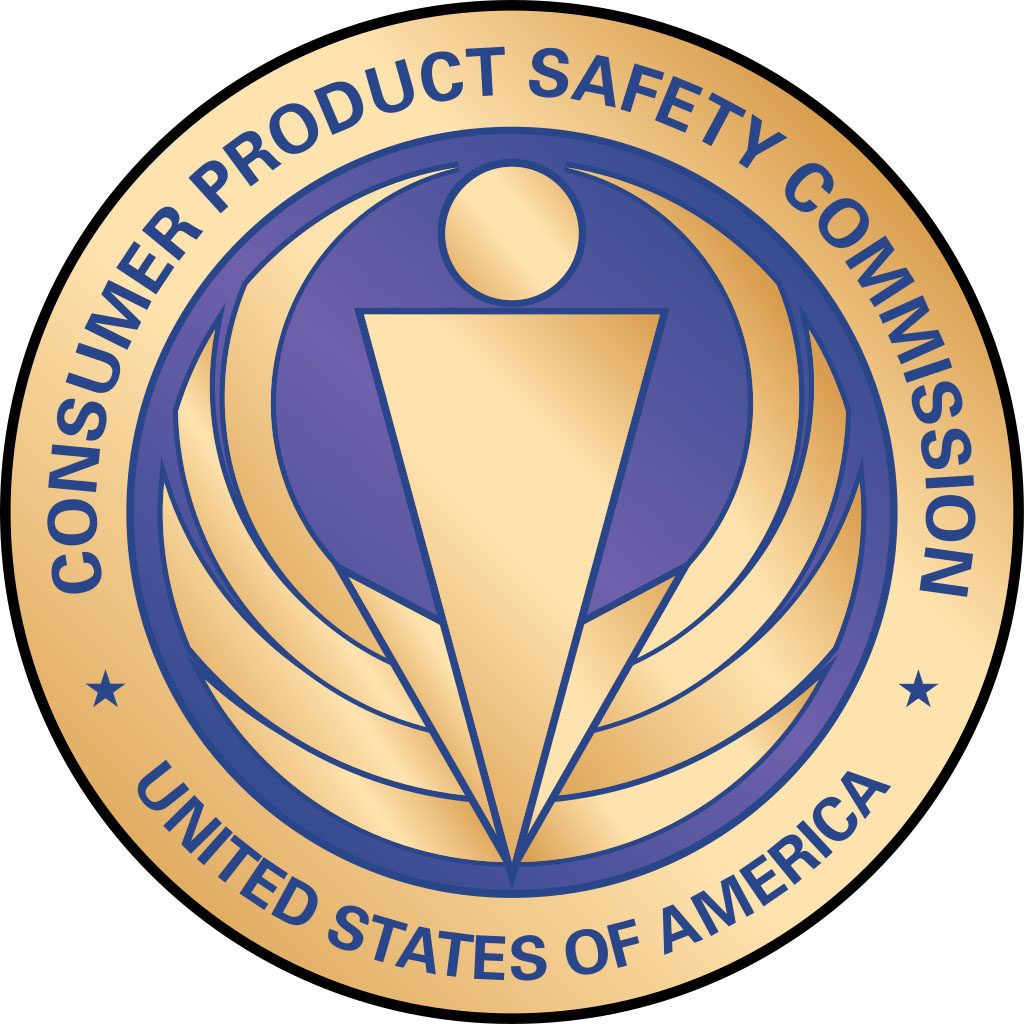
A glass should have the producer name and CPSC (Consumer Product Safety Commission) stamp, this symbol indicates if the glass is tempered or if it’s not. You’ll definitely see the marking if the glass bowl is directly from the manufacturer. But if this is not the case, there are other clues to look out for.
2. Examine the edges
Naturally, tempered glasses do not have rough edges, their edges are smooth due to the extra processing and timing it undergoes, while the other type has rough edges and rigid edges. Run your fingers along the edges to determine the type of glass it is. Any impression of roughness may mean the glass hasn’t tempered.
3. Watch out for any form of imperfection
If there is any form of imperfection such as warping, bending, or dimples then it is possibly a safety glass popularly known as tempered glass. Some toughened glass can also have scratches on the surface, this may be as a result of small particles from the machine rollers that melted on the surface.
4. Assess the glass bowl with polarized lenses
Try to view the glass in the sunlight with a polarized lens or a pair of sunglasses, dark and shady spots or lines is a major indicator that the glass has tempered.
Types of Oven-Safe Glass
We will mainly be discussing the two popular types of toughened glass that are considered to be heat resistant and oven safe. They are both of high quality as they are made of borosilicate glass. These glasses have has been widely used by many over the years because of their reliability and durability.
1. Pyrex
This type of glass or glassware is considered to be resistant to heat, chemicals, and electrical voltage. It is specifically created to withstand extreme heat.
As a result, it is less apt to shatter due to sudden or rapid temperature change. But it is very important as well to note that Pyrex is preheated oven safe, this means the oven has to be preheated before inserting the glass bowl. Over time, Pyrex has proven to be the perfect kitchen staple and oven friendly.
Standard glassware when compared to Pyrex, is not suitable for kitchen use as it cannot withstand any sudden or rapid change in the temperature.
2. Corning Ware
These are products made of glass-ceramic and that are designed to withstand hot thermal conditions. It is relatively similar to Pyrex as they both are considered to be safe for baking. The only difference between Pyrex and Corning Ware is that corning ware is smaller and aesthetically pleasing.
What Causes Glass Bowls To Break In The Oven
Here are some of the most common reasons why glass breaks in the oven.
1. Thermal shock/extreme temperature fluctuation
This can occur when the glass is instantly gone from a cold environment to a hot one, that is, from the freezer to the oven or vice versa. Parts of the glass bowls can either expand or contract, thereby causing them to lose structure and resulting in a shattering or exploding effect.
2. Using non-tempered glass in the oven
As earlier stated, the non-tempered glass bowl has no business in the oven. Non-tempered glass otherwise known as standard glass is made through an annealing process of rapid cooling rate. This causes it to break easily and not withstand extreme heat.
3. Extreme stress
Although, tempered glass is regarded as a strong, heat resistant glass but extreme stress such as excess heat and sudden drastic change in temperature.
Final Thoughts
Not all glass bowls are safe to use in the oven. It is important to be sure that your glass bowl is oven safe before use. This can be done by looking out for an indication or instruction at the bottom of the glass.
Also preheat the oven before putting your glass bowls in or following the guidelines provided by the manufacturer. Try as much as possible to avoid incidents that can cause thermal shock or extreme temperature fluctuation as this can lead to glass shattering.
